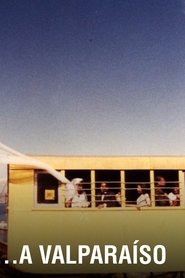
1971
playlist_add 
1970
playlist_add 
1970 star_border 6.7
playlist_add 
1969
playlist_add 
1969
playlist_add 
1969
playlist_add 
1969 star_border 4.7
playlist_add 
1965 star_border 6
playlist_add 
1965
playlist_add 
1965
playlist_add 
1965
playlist_add 
1965
playlist_add 
1965
playlist_add 
1964 star_border 6.9
playlist_add 
1964 star_border 6
playlist_add 
1964
playlist_add 
1963 star_border 6
playlist_add 
1963 star_border 4.4
playlist_add 
1962
playlist_add 
1962
playlist_add Show more
expand_more